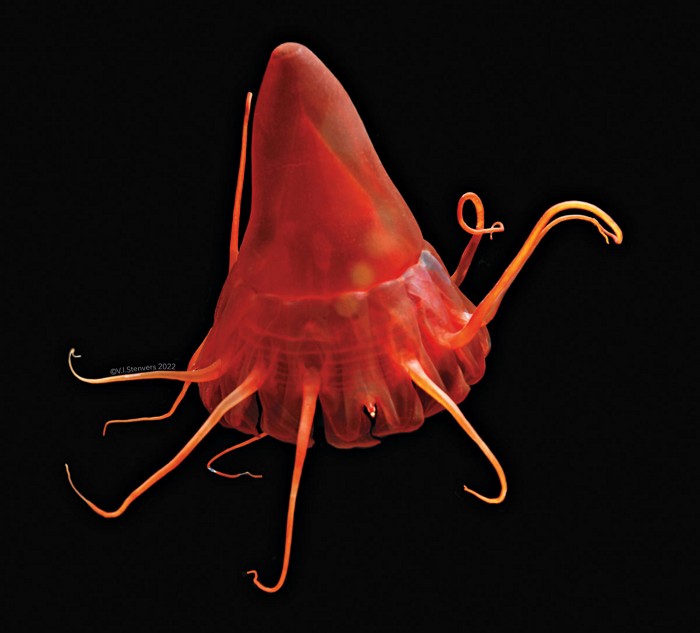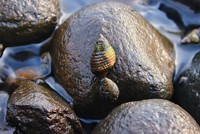Advertisement
Grab your lab coat. Let's get started
Welcome!
Welcome!
Create an account below to get 6 C&EN articles per month, receive newsletters and more - all free.
It seems this is your first time logging in online. Please enter the following information to continue.
As an ACS member you automatically get access to this site. All we need is few more details to create your reading experience.
Not you? Sign in with a different account.
Not you? Sign in with a different account.
ERROR 1
ERROR 1
ERROR 2
ERROR 2
ERROR 2
ERROR 2
ERROR 2
Password and Confirm password must match.
If you have an ACS member number, please enter it here so we can link this account to your membership. (optional)
ERROR 2
ACS values your privacy. By submitting your information, you are gaining access to C&EN and subscribing to our weekly newsletter. We use the information you provide to make your reading experience better, and we will never sell your data to third party members.
Environment
Mud plumes from deep-sea mining could stress out jellyfish
The marine critters produced more mucus and expressed genes indicating tissue damage when exposed to suspended sediments
by Priyanka Runwal
November 27, 2023
| A version of this story appeared in
Volume 101, Issue 39

To meet growing demand for critical minerals, particularly those vital for clean energy technologies, some mining companies have proposed to extract them from the seafloor. In understanding the environmental consequences, researchers have typically focused on the seabed’s biodiversity. A new study draws attention to deep-sea mining’s potential impacts on marine life inhabiting the water column.
The researchers subjected 64 helmet jellyfish—a globally widespread species—to 24 h of simulated mining-induced mud plumes in tanks and found that the critters showed signs of acute stress (Nat. Commun. 2023, DOI: 10.1038/s41467-023-43023-6) . The animals produced excess mucus and expressed genes associated with wound repair.
“You’re putting clouds of dirt into the water column; you kind of know there’s going to be impacts,” says Travis Washburn, a deep-sea ecologist with the Washington Department of Fish and Wildlife who wasn’t involved in the research. That the researchers saw “some very distinct changes” sets the study apart, he says.
Deep-sea mining generates sediment plumes when underwater vehicles rake the seabed or mining ships discharge leftover material after separating the ore. This plume can spread up to a few kilometers and disrupt ocean life.
“It’s quite an unusual stressor for these jellyfish; they’re not used to having suspended sediment in the water column,” says Vanessa Stenvers, a deep-sea biologist at the Geomar Helmholtz Center for Ocean Research Kiel and the study’s coauthor. While jellyfish produce mucus in different situations, it’s never this intense, she adds.
The mucus blobs can trap the sediment, and the jellyfish later slough off this gooey snot. But such mucus-making is energetically expensive, and it remains unknown whether these animals can keep it up during frequent, prolonged sediment exposures from commercial mining.
For now, Stenvers and her team are repeating the experiment using Tomopteris, which are gelatinous worms, and the marine crustaceans hyperiid amphipods and copepods. “There’s still so much we need to find out,” she says.





Join the conversation
Contact the reporter
Submit a Letter to the Editor for publication
Engage with us on Twitter